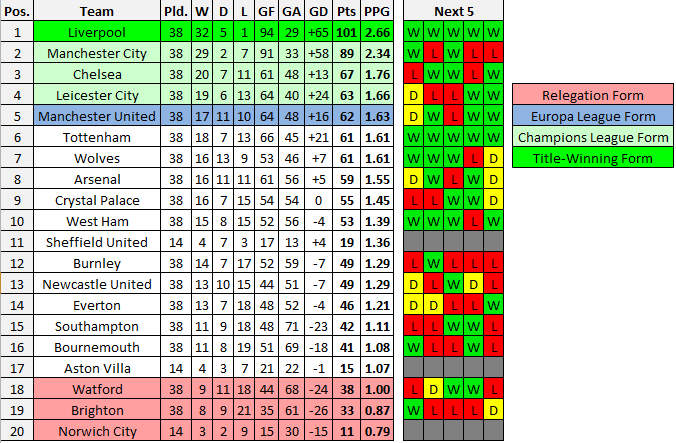Understanding the PL Table and Its Significance in India

Introduction
The PL table, or Production Level table, is an essential tool in economic planning and analysis. Its relevance is particularly heightened in the context of India’s dynamic economy, which is now one of the fastest-growing in the world. By helping economists and policymakers assess production levels across various sectors, the PL table provides valuable insights into economic health, enabling strategic decisions that can promote sustainable growth.
What is the PL Table?
The PL table categorizes production levels in different sectors of the economy, such as agriculture, manufacturing, and services. It reflects the output produced in relation to inputs used, offering a clear view of productivity trends. The data compiled in PL tables is instrumental in formulating policies aimed at enhancing production efficiency and addressing potential shortfalls in specific industries.
Recent Developments
As India emerges from the impacts of the COVID-19 pandemic, the relevance of the PL table has been underscored during various economic recovery initiatives. The government and various economic bodies have been using this tool to track recovery across sectors. For instance, the agricultural sector’s output has seen fluctuations, and detailed PL tables have helped clarify which regions are leading and which need additional support. Additionally, the Manufacturing Production Index (MPI) leverages insights from PL tables to track the recovery and growth of India’s manufacturing sector, which has faced extensive challenges recently.
Case Study: Agriculture Sector
In India, agriculture is a significant contributor to the GDP, and recent PL tables indicate a promising surge in the kharif crop production. According to the Ministry of Agriculture, the data shows a 10% increase in rice production, creating optimism for both farmers and the economy. This data is also crucial in informing the procurement policies of the Food Corporation of India (FCI), which plays a pivotal role in ensuring food security.
Conclusion
The PL table is not just a statistical tool; it is a roadmap to understanding and navigating the complexities of India’s economy. By providing insights into production levels, it aids in policymaking and strategic planning that is vital for economic growth. As India continues to develop, the significance of accurate and up-to-date PL tables will only increase. Moving forward, it will be essential for economists, business leaders, and policymakers to rely on such data to foster a resilient economic environment that can adapt to both challenges and opportunities.









